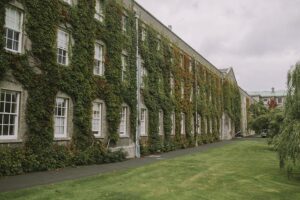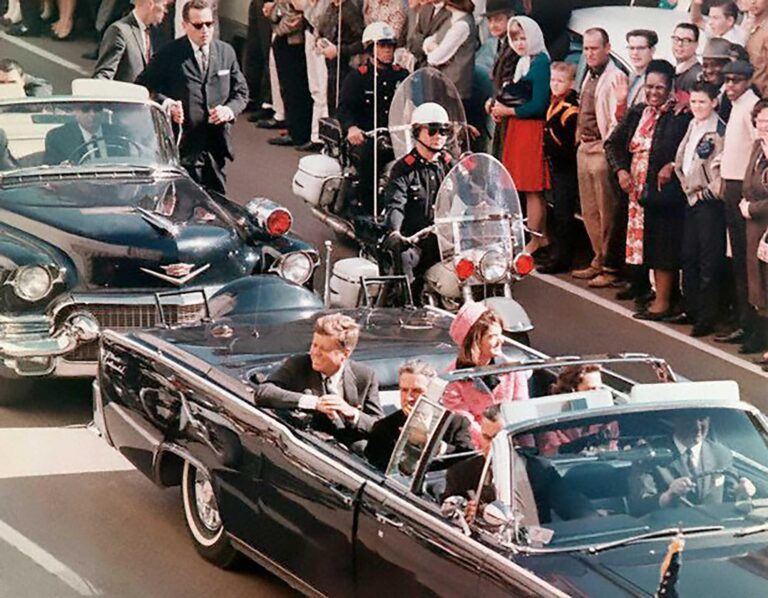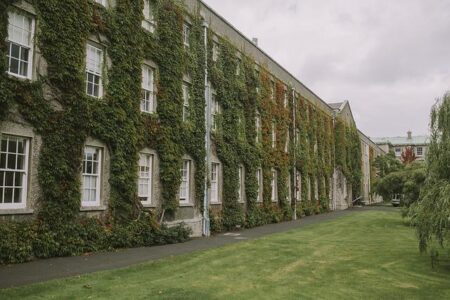The Assassination of President John F. Kennedy: A Defining Moment in American History
Historical Overview and Political Climate Leading to the Assassination
On November 22, 1963, the United States faced an unprecedented tragedy when President John F. Kennedy was assassinated in Dallas, Texas. This shocking event not only plunged the nation into grief but also marked a turning point amid a decade rife with political tension and social transformation. Kennedy’s administration was navigating a complex era characterized by Cold War rivalries, burgeoning civil rights activism, and ambitious technological endeavors such as the space race.
Several critical elements framed the environment in which this tragedy unfolded:
- Geopolitical Tensions: The early 1960s were dominated by intense rivalry between the United States and the Soviet Union, influencing Kennedy’s foreign policy decisions, including the Cuban Missile Crisis of 1962.
- Domestic Challenges: While Kennedy enjoyed considerable public support, his progressive stance on civil rights and other policies faced resistance from entrenched political factions and interest groups.
- Presidential Security Practices: Compared to modern standards, the security protocols protecting the president were relatively lax, which contributed to the vulnerability that led to the assassination.
| Year | Major Event | Historical Importance |
|---|---|---|
| 1961 | Kennedy’s Presidential Inauguration | Commencement of a dynamic yet challenging presidency |
| 1962 | Cuban Missile Crisis | A critical Cold War confrontation that brought the world to the brink of nuclear war |
| 1963 | Civil Rights Demonstrations | Heightened social activism demanding racial equality and justice |
Forensic Findings and Eyewitness Testimonies: Piecing Together the Day’s Events
The inquiry into President Kennedy’s assassination was grounded in detailed forensic examination and a multitude of eyewitness reports. The Warren Commission’s ballistic analysis concluded that three shots were fired from the Texas School Book Depository, with two striking the president. Medical examiners’ autopsy reports provided critical insights into the bullet trajectories and the fatal nature of the head wound, reinforcing the conclusion of a lone gunman.
However, eyewitness accounts introduced a spectrum of perspectives, some of which conflicted, fueling ongoing debates. Witnesses described varying details about the number of shots, their origin, and the immediate reactions of those present. Key observations included:
- Security officers noting rapid gunfire emanating from behind the motorcade
- Local residents recounting a sudden rush to seek shelter
- First responders arriving swiftly and initiating emergency protocols
| Type of Evidence | Description | Role in Investigation |
|---|---|---|
| Ballistics | Three bullets fired; two hit the president | Supported the theory of a single shooter |
| Eyewitness Reports | Interviews with over 100 individuals | Helped establish a timeline and diverse viewpoints |
| Medical Examination | Fatal head wound; preceding neck injury | Clarified bullet paths and injury severity |
Societal and Political Repercussions Following the Assassination
The assassination of President Kennedy profoundly altered the American public’s relationship with their government, ushering in an era marked by heightened skepticism and demands for accountability. This watershed moment catalyzed the growth of investigative journalism, which increasingly challenged official accounts and scrutinized political power structures.
In the political arena, the tragedy accelerated reforms aimed at enhancing national security and reinforcing democratic institutions. Key societal shifts included:
- Increased Civic Participation: The 1960s witnessed a surge in voter registration and political activism, reflecting a more engaged citizenry.
- Legislative Milestones: The passage of landmark legislation such as the Civil Rights Act of 1964 was partly influenced by the leadership vacuum and national resolve following Kennedy’s death.
- Transformation of Media: Television solidified its role as a dominant platform for political communication and public discourse.
| Domain | Observed Impact |
|---|---|
| Public Confidence | Marked erosion and persistent distrust |
| Governmental Reform | Implementation of intelligence oversight mechanisms |
| Media Evolution | Emergence of television as a political forum |
Enhancing Historical Research: Lessons from the JFK Assassination
The multifaceted investigation into Kennedy’s assassination offers valuable lessons for refining historical research methodologies. Central to these is the reliance on primary source materials—including official records, firsthand accounts, and contemporaneous media—to ensure accuracy and authenticity. Transparency in evaluating and citing sources is essential to maintain scholarly integrity and to counteract the proliferation of misinformation, especially in topics prone to conspiracy theories.
Moreover, the case highlights the importance of interdisciplinary collaboration and rigorous peer review. Integrating expertise from forensic science, political analysis, and media studies enriches the understanding of complex historical events. The following table summarizes key recommendations to elevate research standards:
| Recommendation | Expected Benefit |
|---|---|
| Comprehensive Archival Access | Ensures inclusion of all relevant evidence |
| Open-Source Data Platforms | Facilitates transparency and peer verification |
| Cross-Disciplinary Review Panels | Promotes balanced and comprehensive analysis |
| Uniform Citation Standards | Enables precise source tracking and accountability |
Conclusion: The Enduring Legacy of JFK’s Assassination
The assassination of John F. Kennedy remains a defining episode in American history, continuing to inspire reflection, research, and debate more than half a century later. As new evidence and interpretations emerge, the event’s profound influence on the nation’s political landscape and collective consciousness persists. For ongoing insights and authoritative information, Britannica stands as a reliable resource for exploring the intricate legacy of the 35th president of the United States.







